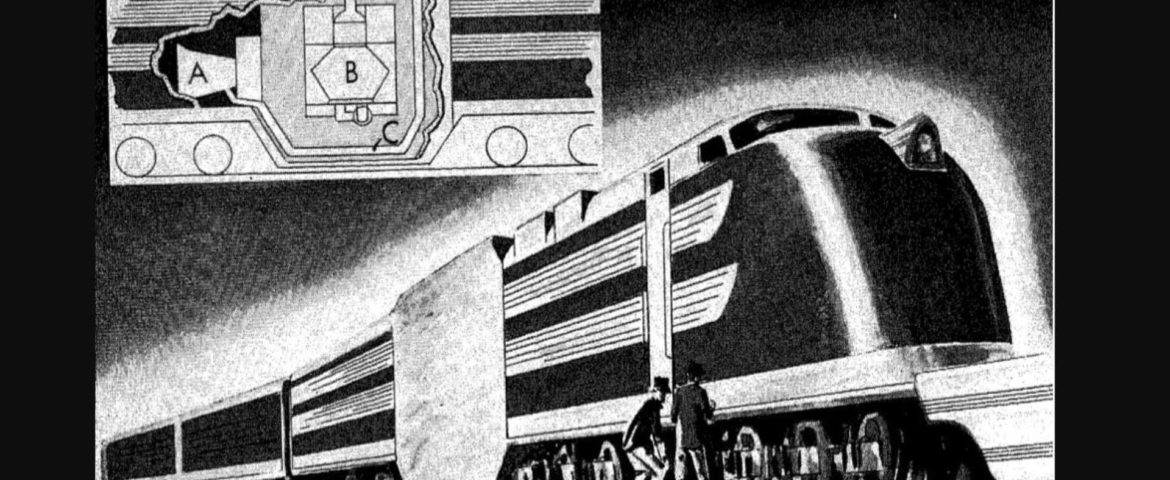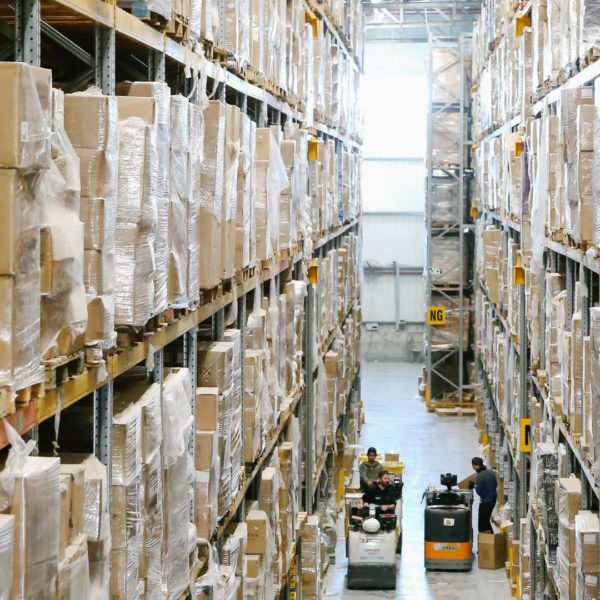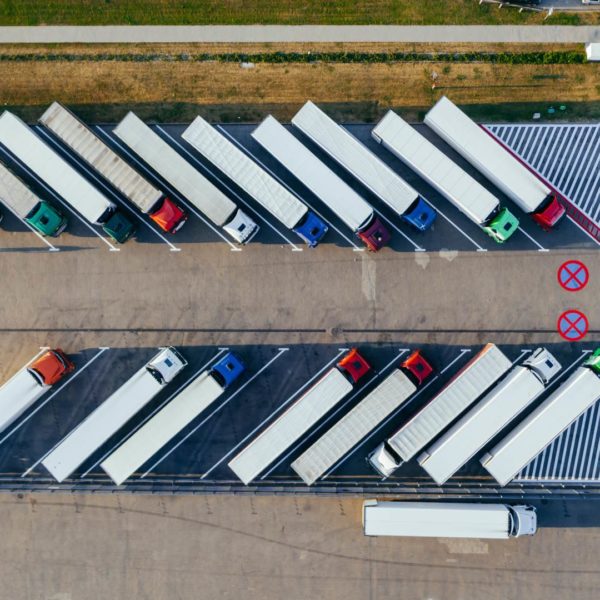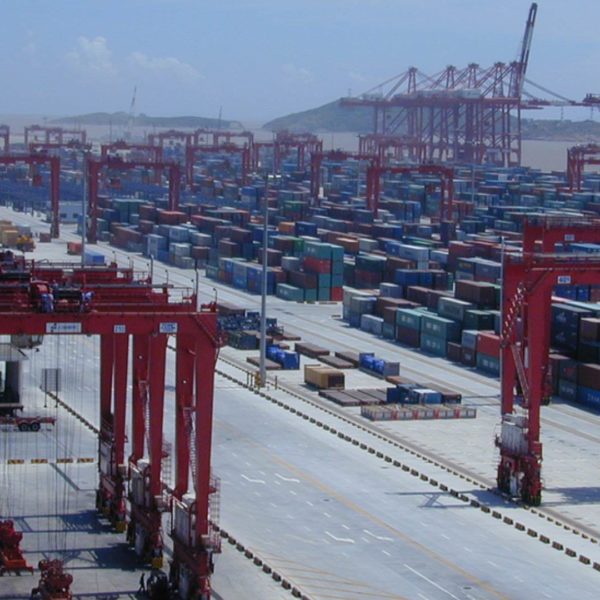The post-war era of the 1950s saw the widespread interest in nuclear power as a way to not only provide commercial utility energy and power for naval vessels but also as a potential power source for planes, trains, automobiles and commercial ships. Nuclear energy was theorized as a solution for nearly every problem imaginable, with many futuristic concepts based on various ideas for the widespread adoption of nuclear energy as a limitless power source. There are tons of crazy concepts from this time period with the assumption that nuclear power would become miniaturized, cheap, and safe for use in all sorts of vehicles.
Crazy enough even Ford decided to develop a concept for a nuclear-powered car in the late 1950s. Ford at the time thought that nuclear reactors could be made small enough and cheap enough to be mass-produced in vehicles. This vehicle never made it past the scale model phase for obvious reasons, but it was representative of the excitement for nuclear energy at the time.
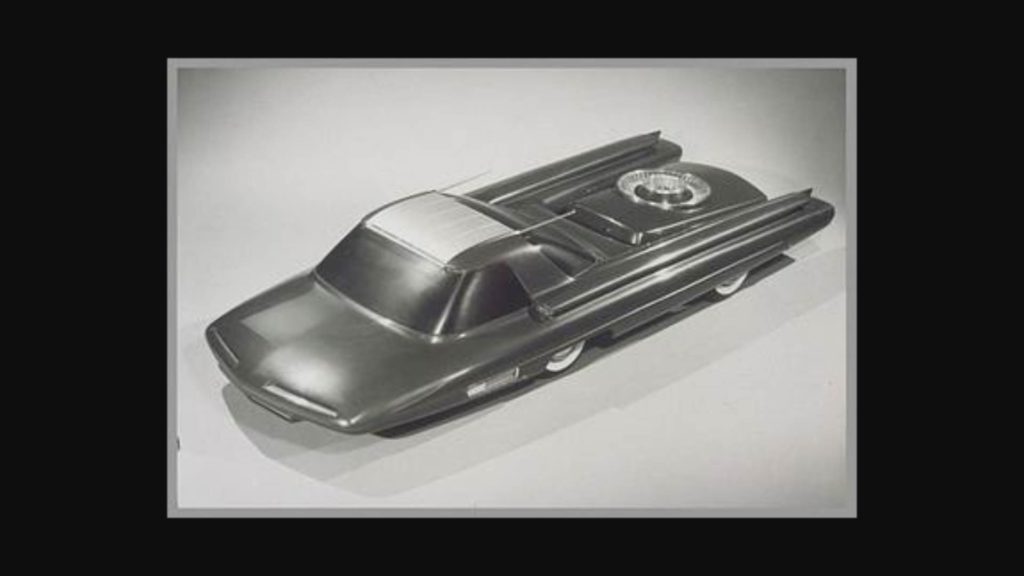
Other than commercial energy production the only successful deployment of nuclear power has been in Navy vessels, which do not have the same size, weight and budget constrictions that other forms of transportation have. Even so, many Navies outside the US, have opted for conventionally powered ships due to the cost. The US Navy currently operates 83 nuclear-powered ships and submarines, with the ships mostly being massive aircraft carriers.
When it comes to commercial maritime transportation, outside of a few ice breakers built in the USSR and a number of prototype/proof of concept ships, nuclear power really went nowhere.
The NS Savannah was the US’s only nuclear powered cargo ship, while Russia, Japan and Germany each built one of their own. The Savannah was launched in 1964 and was hyped by the Eisenhower administration to set the tone for what he believed would be the coming trend of nuclear commercial freight and passenger vessels.

Safe nuclear reactors are extremely heavy due to the shielding and other required hardware, this coupled with the obviously bad idea of thousands of nuclear reactors in planes, trains, and other vehicles, each containing highly radioactive fuel, cooling fluids and internal parts put an end to what seemed like an obvious major safety concern.
Nuclear power systems in general is extremely expensive, requires massively complex and heavy components and of course, presents the risk of radiation contamination. Many older ships were steam powered, using coal or oil fired boilers to generate steam that would be used in a reciprocating steam engine or steam turbines. Over time diesel engines came to dominate both rail and commercial shipping as the go-to source of power.
A nuclear powered ship uses the nuclear reactor to generate steam that is again used in either a reciprocating steam engine or a steam turbine.
Could cargo ships one day go nuclear?
In short of course, but it’s unlikely anytime soon. The massive costs needed and safety concerns have kept nuclear power mostly in the experimental realm for commercial freighters.
Interest will continue in the development of nuclear-powered container and bulk ships, and it is possible that in the coming decades nuclear-powered cargo ships could be developed and used in a more common way as emissions regulations tighten and fuel costs rise. There are huge obstacles to this with reactor safety and nonproliferation concerns taking center stage. The economics of a future nuclear-powered cargo ship would also have to make sense, which would involve marine nuclear propulsion dropping in cost.
While the advantages of extreme range, being able to operate for months without refueling and reduction in greenhouse gas emissions are compelling, the huge costs associated with the development of a new nuclear powered cargo ship would be truly immense. The costs would have to be shared over numerous vessels to lower per-unit costs to a level that would make sense. Beyond just the initial build costs, maintenance, insurance, fueling costs, overhauls and eventually the disposal of the ship when withdrawn from service would all be much more complicated and extremely expensive.
There would likely also be issues with many ports, countries, and canals – like the Suez canal, not wanting to admit nuclear-powered vessels into their facilities or waterways due to safety concerns.
Without getting deep into nuclear reactor types, it’s possible that 40-50 years from now some large cargo vessels could be powered by some sort of advanced modular molten salt reactor. Current US Navy vessels use high-pressure water reactors that do require near weapons-grade fuel, which would be avoided by using molten salt reactors.
Nuclear Powered Planes and Trains
The size, cost and safety concerns overcome any potential benefits of nuclear rail or air propulsion. While in the 1950s concepts were made for nearly every type of nuclear powered vehicle, often the practical realities were ignored with these concepts.

Like the steam locomotives of old, a nuclear-powered locomotive would still use a large amount of water as the nuclear reactor would be used to create steam which could drive a turbine. So while the nuclear reactor itself wouldn’t need to be refueled often, the locomotive, just like a nuclear-powered ship or powerplant would need lots of water to be boiled into steam and then expelled once spinning turbine blades.
The safety and weight issues of a nuclear-powered plane render the concept as likely unfeasible, however, the US air force in the late 1940s-early 1960s did indeed have a program to use a nuclear reactor to heat air that would act as a jet engine. So instead of jet fuel providing the source of energy and force within the jet engine, extremely hot air produced from a reactor would. The program was eventually canceled but a reactor was flown on a massive converted bomber plane for over 200 hours to test if shielding could be effectively built to contain radiation onboard a plane.
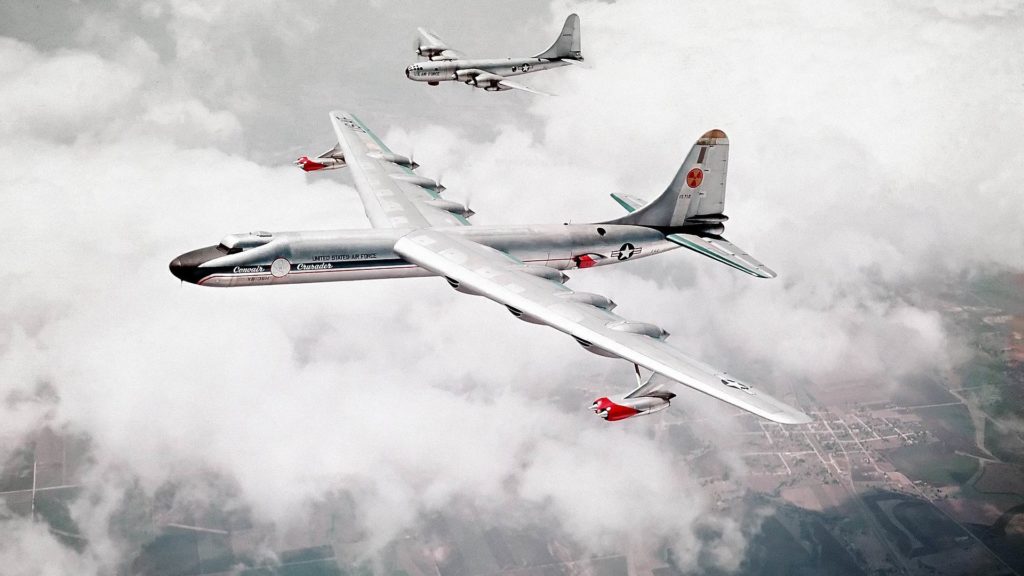
Efficiency is a major driver of engine efficiency in both airplanes and locomotives, but development for rail will likely focus on electric, hybrid systems or LNG fueled locomotives.
Advances in battery technology will help to solve the electrification issues around cars, trucks, trains and potentially even airplanes.
The sheer amount of power needed to operate a cargo plane or move a 12,000 ton freight train over a thousand miles simply doesn’t correspond well to being powered by energy stored in batteries. To have that amount of power , and considering the range needed, the battery bank would have to be so large and heavy that it would make little sense. This is the same issue with long haul over the road electric trucks, with a max allowable vehicle weight of 80,000 lbs, there is a trade-off between the weight given to battery capacity vs the load. Over time batteries will no doubt get more efficient, but it likely will be decades before the majority of long-haul trucks and trains are electrified.
Commercial nuclear power generation for grid-based energy use could and very likely should make a popular comeback, as global energy prices rise and more emphasis is put on green energy production that doesn’t rely on fossil fuel imports.
For the foreseeable future, don’t expect your Amazon purchases to make their way to your local Amazon distribution center on any form of nuclear-powered transportation….
